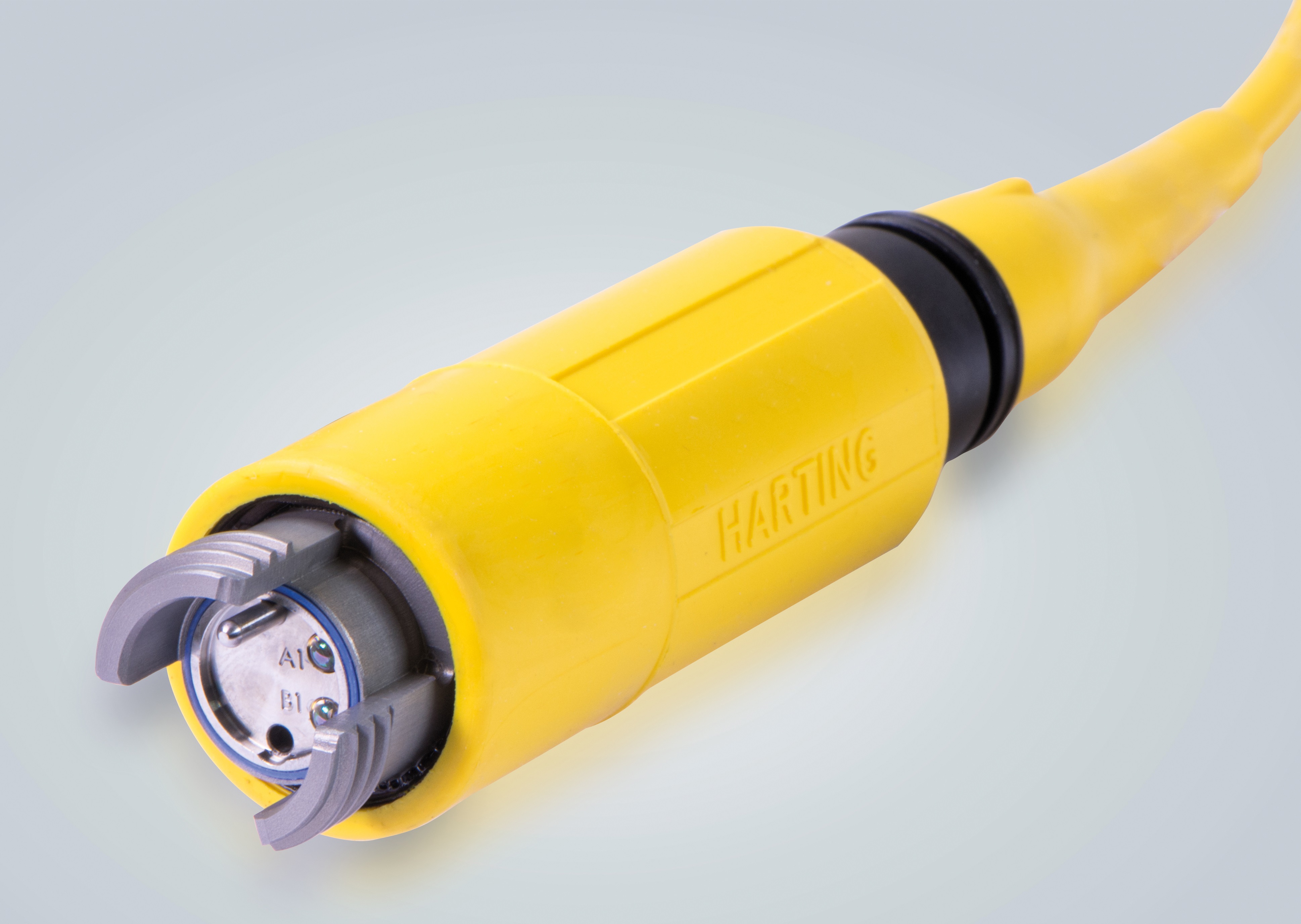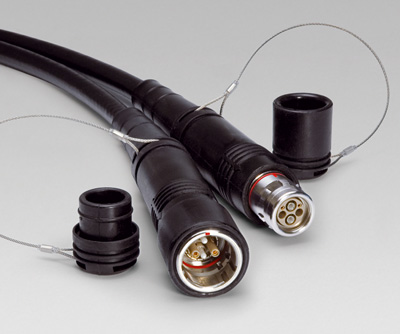Fiber Optic Cable Unleashes a New Breed of Broadcasting
As video traffic increases and image quality improves, the quality of the cable used to transmit and receive the broadcast has never been more important. Fiber optic cable is getting the signal across.
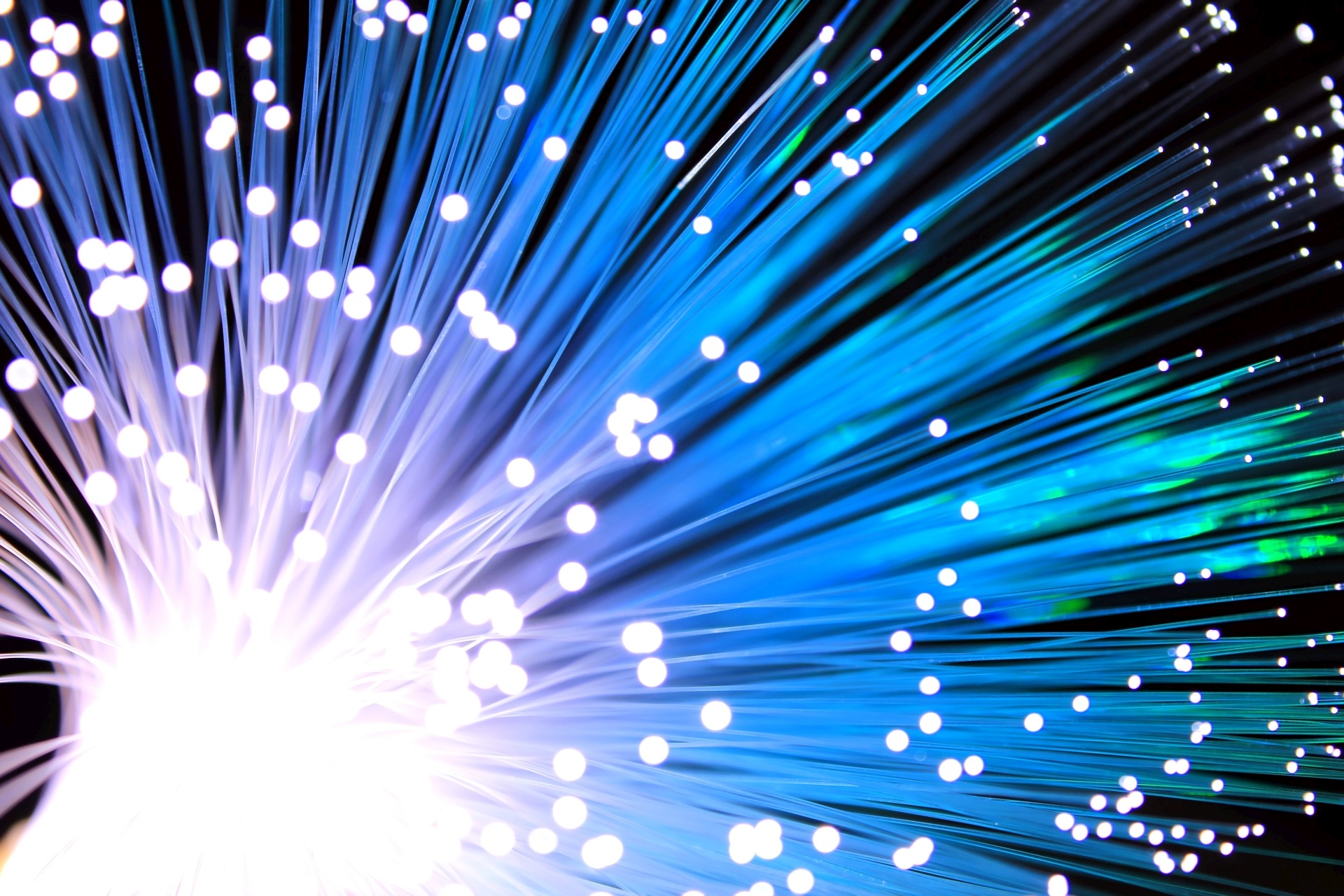
There are many reasons that broadcasters are moving from copper to fiber optic cable, including high-bandwidth performance and real-time and reliable transmissions. Emerging 4K and 8K ultra-high-definition TV technology (also called Ultra HD and UHDTV) as well as Internet Protocol TV (IPTV) are bringing programming like the Olympic Games and music concerts into people’s homes. The clarity of 4K and 8K images means that viewers can watch as if they are present at major sporting events, live performances, and moments of pageantry like the wedding of Prince Harry and Meghan Markle at Windsor Castle.
Image Quality
Ian Davies, broadcast sales engineer at Cliff Electronics, said that the broadcasting industry believes that the image quality technology currently available cannot be improved. “4K is the norm today and 8K will send more signal down the fiber itself, but it will not make much difference to the quality of viewing,” he says. “HD cannot improve further; it is already crystal clear and is like seeing with the naked eye.”
What fiber optic can bring is flexibility — quite literally, as fiber optic cable can bend in tight spaces, like outside broadcast (OB) trucks, and is lighter than copper, making it easier to transport from one broadcast site to another. Fiber optic cables also offer better protection from electromagnetic interference (EMI) and improved bandwidth handling over longer distances than can be provided by copper. Different signal types may also be multiplexed over a single fiber optic cable.
Fiber Optic Transmission
Fiber optic systems carry signals through a thin glass fiber strand that is comprised of a core (thin glass center), a cladding (optical coating that covers the core) and a buffer coating (a thin plastic coating that protects the fiber from damage and moisture). Together, these measure around 100µm in diameter. (Glass can be drawn much thinner than plastic fibers, which in the industry are referred to as plastic optical fibers or POF.) The input electrical signal is converted into a series of light pulses and propagated along the cable via a laser. It is converted back into an electrical signal at the end point. Multiple digital signals can be transmitted simultaneously via the same fiber optic cable.
In the case of major events or those held regularly, it makes sense to install a permanent broadcast infrastructure. When there is a need to broadcast from smaller venues or unusual locations that may not be revisited soon, tactical cables are used. In these cables, each fiber is strengthened with an acrylate fiber coating. Up to 1,000 cables can be bundled together in these cables, which also have a protective Kevlar sleeve to cushion the fibers and are encased in a polyurethane cable jacket. The outer jacket allows the cables to slide past others without damage when used in a multimode configuration transmitting from multiple cameras in a single broadcast.
Connector choice can make a difference in the field. “When a cable connection goes bad at an outdoor broadcast event, a skilled technician may not be readily available. That’s why expanded beam fiber optic connectors, like the Fibreco S-Lite, provide an easy solution,” said Eddie Ayuso, product manager at Cinch Connectivity Systems. The S-Lite expanded beam connector is hermaphroditic, provides error-free performance with thousands of mating cycles, and is easily maintainable without the need for special cleaning equipment. “Indoors or outdoors, it provides a connectivity solution for most harsh environment applications.”
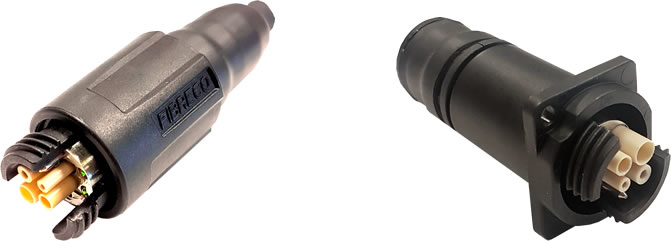
Cinch’s Fibreco S-Lite and J-Lite connectors simplify field installation of fiber optic broadcast systems.
Light and Flexible
Fiber optic cable is ideal for such installations, as it is lightweight and can be transported easily over rough terrain and to remote locations. “Consider a muddy sports field,” said Davies. “A drum of fiber optic cable is lightweight. Copper cable is heavy. It can weigh a quarter ton and needs joints, which will lose frequency.” In comparison, because the signal is carried in glass, the fiber optic cable can go on for miles. There is no signal dropout using fiber optic. “The general principle is that longer copper cables lose power,” said Davies. There is also no frequency interference due to the use of glass, whereas copper can experience signal “bounce” if several cables are bundled together with insufficient shielding.
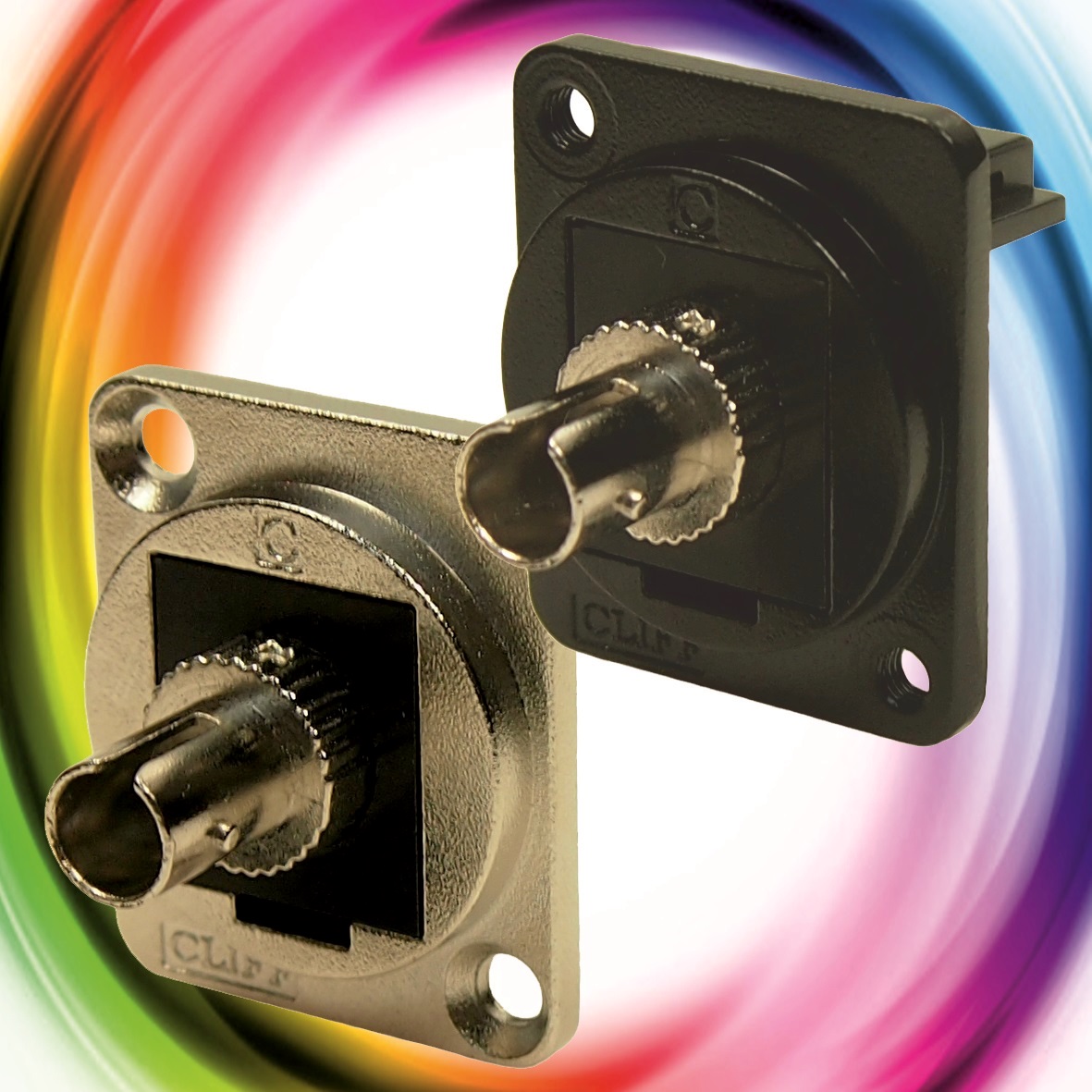
Cliff Electronics recently added an ST fiber optic connector to its XLR panel cut-out connectors series.
The resilience of fiber optic cable means that water or moisture cannot disrupt the signal, as there is no electrical current. It is equally immune to EMI or radio frequency interference (RFI).
Precision Engineering
Each fiber has to be precisely aligned to ensure continuity of signal. This requires special splicing tools, as care has to be taken with the delicate glass fiber; shards can be small enough to penetrate the skin and enter the bloodstream, said Davies. Unlike copper cable, which can be plugged in by a camera operator, qualified installers are required to splice and connect fiber optic cable.
Fiber optic’s precision also means that any ingress of dust cannot be tolerated, as it interrupts the frequency. Cleaning has to be done at the connect and disconnect stages. A technique commonly used to reduce the effect of a speck of dust is to expand the diameter of the beam by up to 40 times its original size. The beam is coupled at that size into the opposite connector and then reduced and re-coupled into the fiber.
HARTING is one of many suppliers that produces an expanded beam connector. The increased diameter of expanded beams makes them less sensitive to contamination and the hermaphroditic mating interface not only ensures correct connections but also enables end-to-end terminated cable assemblies with rugged Kevlar sleeves.
Connector Types
Straight tip (ST) connectors have a round body and a ferrule to secure the connector in place. Cliff Electronics recently added an ST fiber optic connector to its range of 24mm XLR panel cut-out connectors. The CP30218 version is mounted in a countersunk hole, the CP30218X has a plain hole mount, and both can be mounted to the front of the rear control panels. They are designed to fit into the industry standard 24mm diameter XLR connector cut-out with no wiring. Instead, a direct connection to a panel integrates audio, video, optical, networking, and data feeds into broadcast and audio equipment. ST fiber optic connectors can also be used in lighting, instrumentation, and industrial applications.
To carry video, data, and voice, a hybrid cable has fiber optic and coaxial cable for audio and video signals and to deliver power. A hybrid connector for both types is required. An example is the 110 Series hybrid connector from Amphenol Fiber Systems International. This series has two fiber optic terminals and four electrical contacts. The fiber optic terminals provide single-mode transmission, two of the electrical contacts are for power to and from a broadcast unit or studio, and the other two are for communication between the two end points. These stainless steel connectors are also sealed to IP68 and have thick shells and metal or rubber dust caps.
In addition, LEMO has developed the 3K.93C hybrid fiber connector, which can carry fiber, power, and low voltage control signal, specifically for HDTV and outside broadcasts. It meets the American SMPTE 304M standard, the Japanese ARIB BTAS-1005B standard, and the European EBU R100-1999 standard for both signal and cable.
Like this article? Check out our other Cable and Connector Basics articles, our Consumer Electronics and Datacom/Telecom Market Pages, and our 2019 article archive.
- Matter: A Show of Unity for Connectivity - September 5, 2023
- Brexit Update: UK Connector Industry - March 28, 2023
- Sensors Make it Plain Sailing for a Smart Ferry - February 21, 2023
